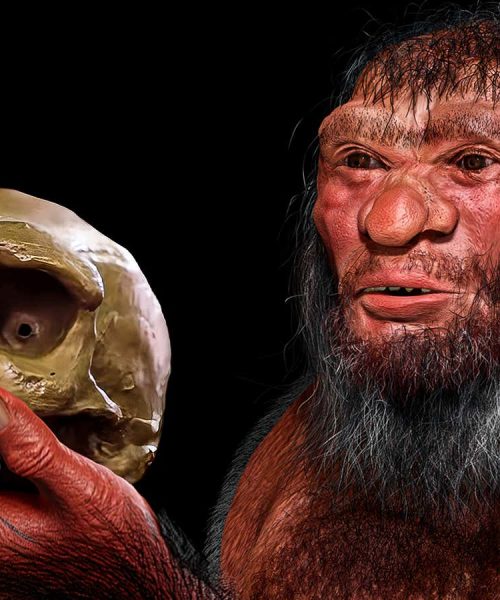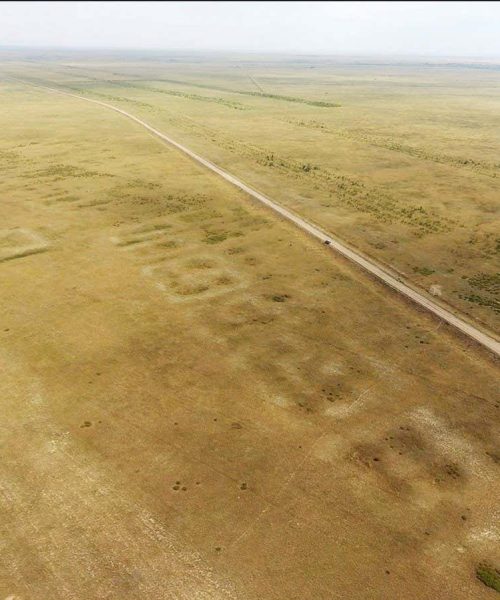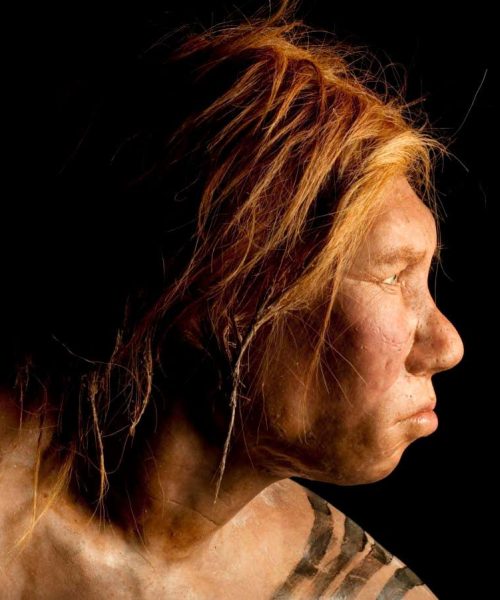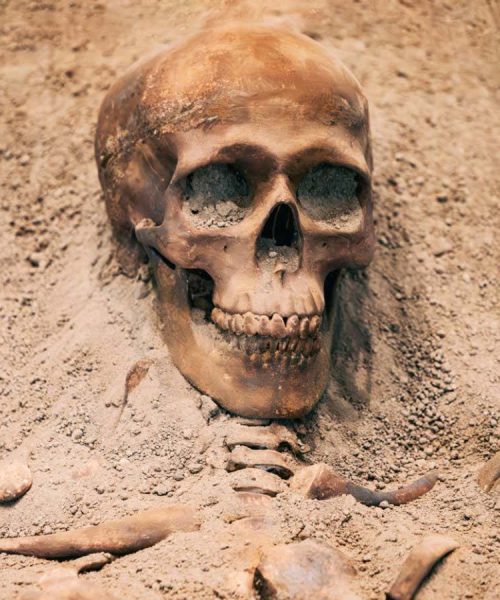
Simon Prades
Around 41,000 years ago, the very last Neanderthal took their final breath. At that moment, we became the only remaining hominins, the sole survivors of the once diverse family of bipedal apes.
We will never know exactly when or where this momentous event took place, but we do know the Neanderthals died out suspiciously close to the time when modern humans arrived in their territory. Exactly why they vanished has long been hotly debated, but astonishing revelations from the genomes of the last Neanderthals and hidden in a remarkable cave in France are now painting a detailed picture of these first encounters – and what might have happened next.
“This is a major turning point in our understanding of Neanderthals and their extinction process,” says Ludovic Slimak at the Centre for Anthropobiology and Genomics of Toulouse, France.
Our species, Homo sapiens, and Neanderthals share a common ancestor, but Neanderthals split from our lineage at least 400,000 years ago, evolving in Eurasia, from the Mediterranean to Siberia. Our species is younger, first appearing in Africa some 300,000 years ago and evolving into hominins that were anatomically much like us by at least 195,000 years ago. Modern humans left the continent in waves from around 170,000 years ago, and were thought to have reached western Europe roughly 43,000 years ago, when – according to the…





